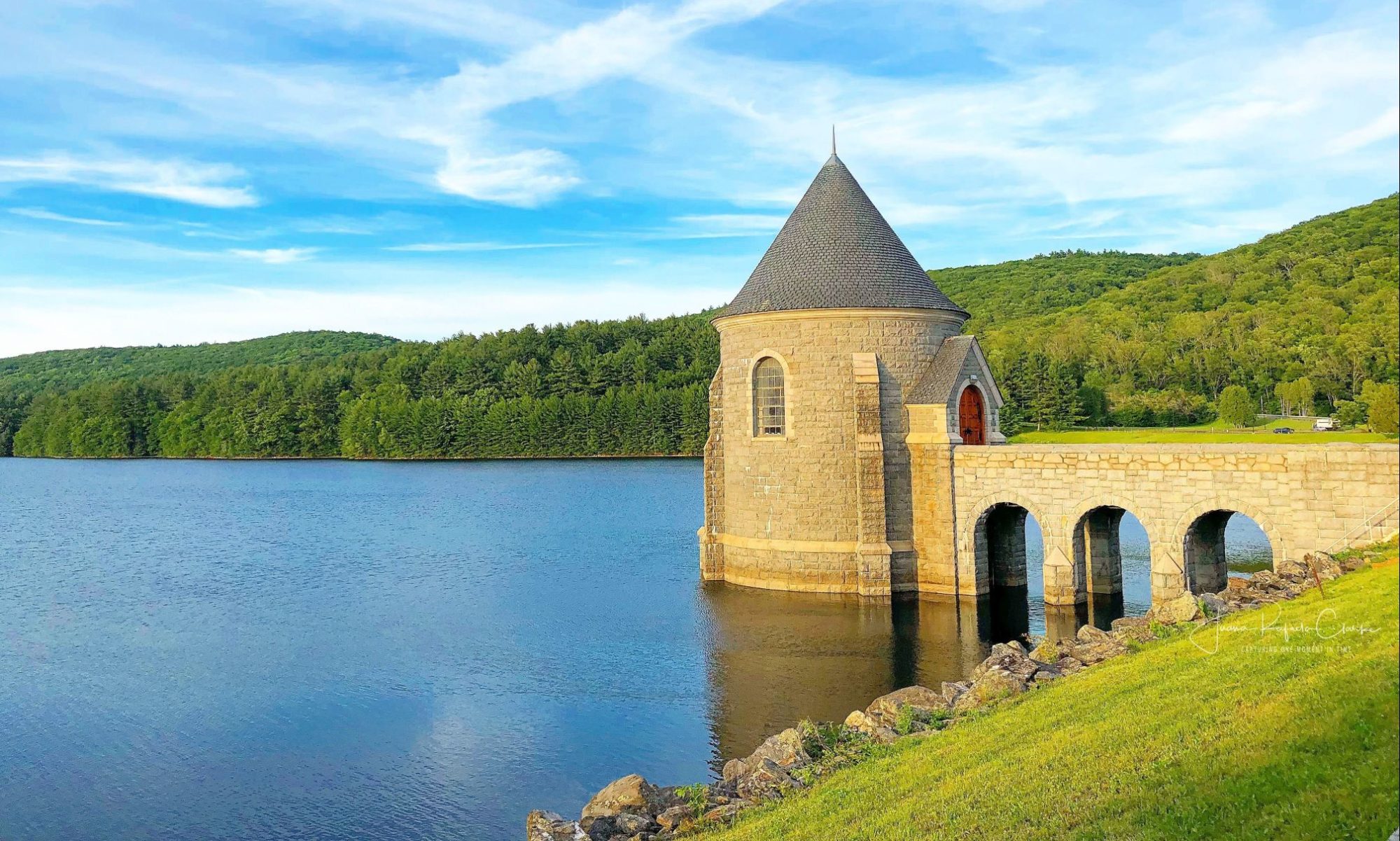The Republic of Trinidad and Tobago is an archipelagic state in the southern Caribbean consisting of two main islands, Trinidad and Tobago, and numerous smaller landforms including Chacachacare, Monos, Huevos, Gaspar Grande (or Gasparee), Little Tobago, and St. Giles Island. The entire population is estimated at 1.3 million (2005).
The climate is tropical. There are two seasons annually: the dry season for the first five months of the year, and the rainy season in the remaining seven of the year. Winds are predominantly from the northeast and are dominated by the northeast trade winds. Unlike most of the other Caribbean islands, both Trinidad and Tobago lies outside the hurricane belt and have deep water harbors. As a result, there is a well developed boating industry on the islands and many private owners in the eastern US use docking facilities during the hurricane season.
In 1498, when explorer Christopher Columbus set foot on Trinidad, he found Arawak and Carib Indians who prospered here on the island the Amerindians called Leri, land of the Hummingbird. When the Spaniards discovered no precious metals on Trinidad, the Amerindians were enslaved and shipped off to work on other Caribbean settlements. One hundred years later Spain established Trinidad’s first European community, San Jose de Oruna (St Joseph), which was sacked and burnt by Sir Walter Raleigh in 1595. Trinidad remained a Spanish possession from the 15th Century and the Cedula of Population in 1783, allowed French planters and their slaves to emigrate from the French colonies to the island.
The British would capture Trinidad in 1797 and negotiate an amicable treaty of rule with the Spanish. In the following years, enslaved Africans were brought in to work on sugar plantations and in 1802, the island became a British colony. After slavery was abolished by Britain, landowners imported thousands of indentured laborers from India, China and the Middle East. In 1889, Britain joined the smaller Tobago to Trinidad as an administrative ward. The islands achieved independence from England in 1962 and became the Republic of Trinidad and Tobago in 1976.
A visit to Trinidad today would reveal a multicultural melting pot stirred by the descendants of settlers from Europe, Africa, Asia, South America and the Middle East. Unlike most of the English-speaking Caribbean, Trinidad and Tobago’s economy is primarily industrial, with an emphasis on petroleum. Trinidad and Tobago is known internationally for its annual Carnival when the population of the islands increase by .5M-1M people. It is the birthplace of steelpan, calypso, soca, and limbo.

